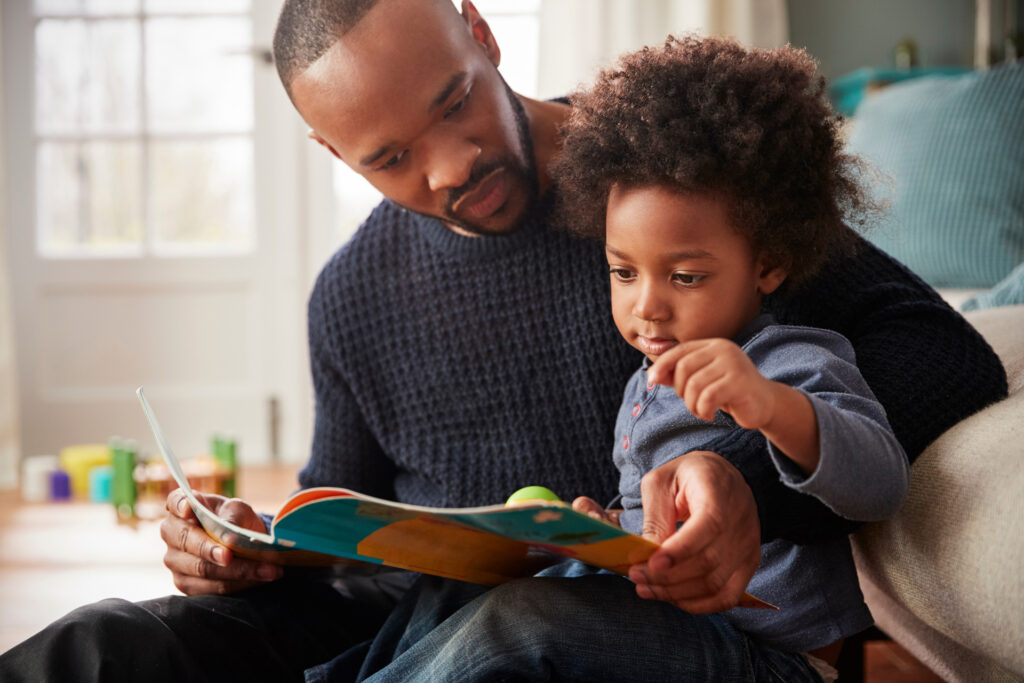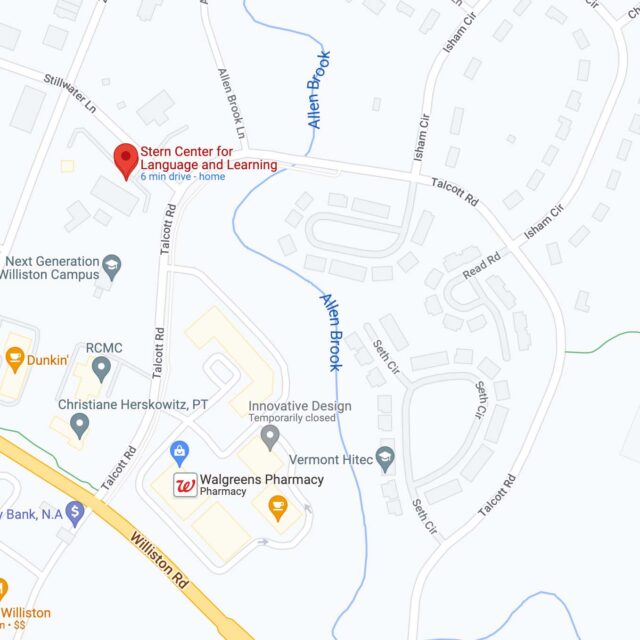
The value of reading to infants and toddlers has been well documented by recent research studies.
Reading aloud with young children, talking about the pictures on a page or even paraphrasing words expands children’s imaginations and encourages language development. Reading aloud allows infants and young children to hear the sounds of our language combined in words and sentences. Infants progress through stages of babbling until they babble using the consonants and vowels of the language they hear. This babbling is a huge predictor of first words and language development.
Here are some tips and tricks to help you read aloud to your infant, toddler, or preschooler.
For infants and toddlers:
Use a variety of books to introduce simple words such as tree, ball, baby and car. As you are reading, point to each picture, say the word and ask the child to touch the object in the book. Here are some great book suggestions for starting out:
Smile by Roberta Grobel Intrater is full of baby faces making all kinds of wonderful expressions and provides a great opportunity to teach about the different parts of the face.
Big Red Barn by Margaret Wise Brown is great for having young children mimic the sounds of the animals and tractor, which helps set the stage for learning that sounds are contained in words.
Choose rhyming books, such as Jamberry by Bruce Degen, the beginning Dr. Seuss books and books that can be sung, such as “If You’re Happy and You Know It.” Sing the words and do the motions! Books like these expose children to the sounds of language while providing an opportunity to experience more words as you both clap, stomp, and shake as all are happy and know it!
For preschoolers:
Find books that your young child can relate to such as Peter’s Chair by Ezra Jack Keats, which is a story of a young boy whose outgrown furniture is being painted pink for his new baby sister. While you are reading, be sure to ask questions of the story details as you go. This is an opportunity to expand upon the child’s answer while at the same time modeling language skills.
Explain what the “big” words mean to your child and teach the meaning of these words. For example, when you encounter a word such as “organize” explain the word to the child as it is used in the context of the story. You can then give other examples of the word’s meaning that your child will understand. Ask the child to use the word in a sentence.
For example, take the line “Peter organized his things…” from the story Peter’s Chair. The conversation could go like this:
Adult: This means he placed his things in the way that he wanted so that he could see each one. Do you remember how you had all of the small legos in one tub, the people legos in another container and the wheels in another? You organized them so that you knew where they were. What else have you organized?”
Child: I have organized…
Keeping books around the house, in baskets, on shelves, in the car, and read whenever the opportunity arises. You are providing the building blocks for language while developing a love for reading!
[instructor id=”2883″]
